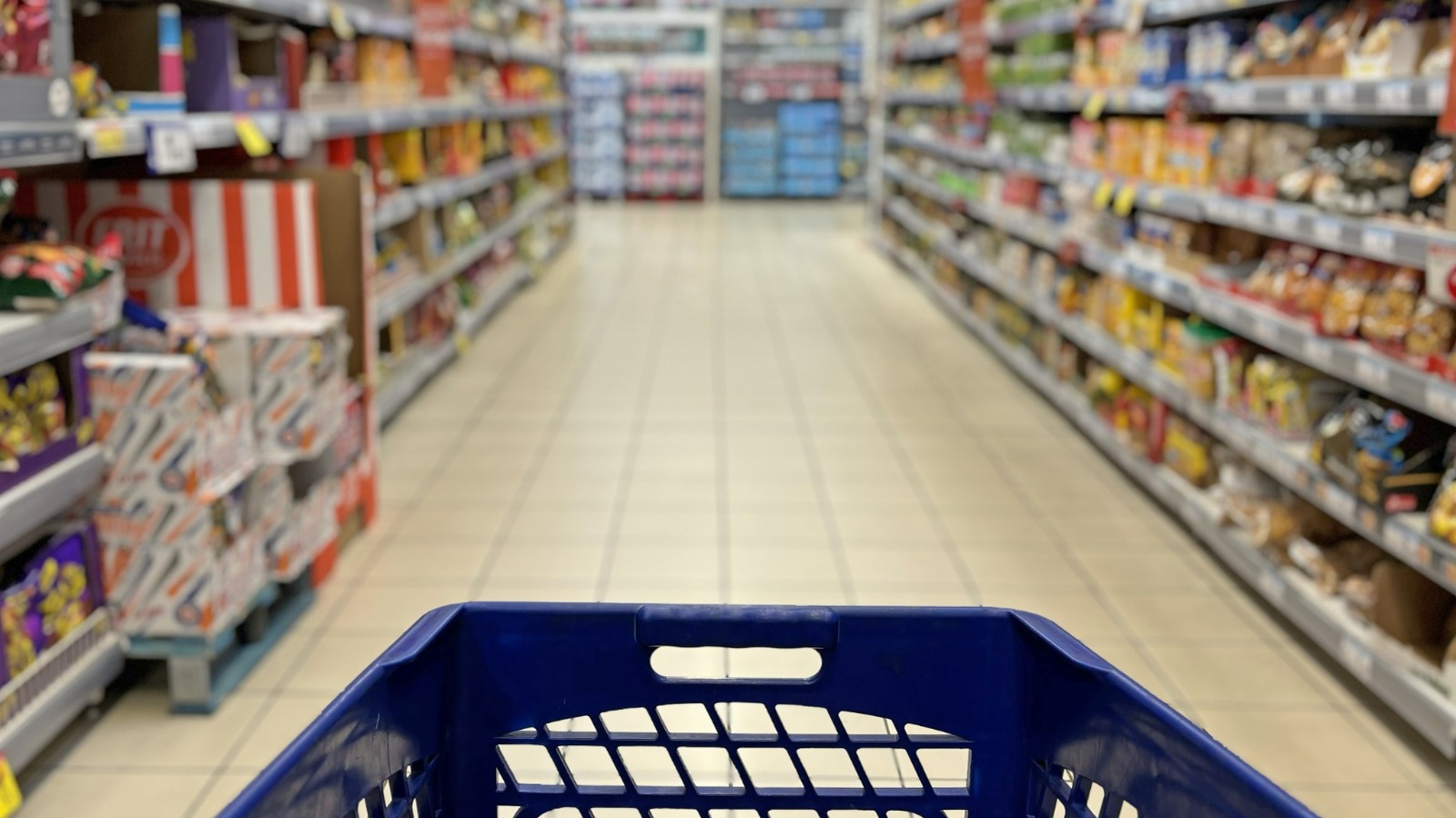
"Piggly Wiggly allowed shoppers to come in, walk the aisles, select their own groceries, and place them in their own baskets. The store was laid out such that shoppers had to walk down each aisle to see everything it had to offer, encouraging them to spend more money on things they hadn't planned on. That's right, Piggly Wiggly helped create the concept of the impulse buy."
"Let's fast-forward to today. During the height of the pandemic, many grocery stores switched to one-way aisles. This allowed for social distancing so that customers didn't have to go elbow-to-elbow while shopping. Piggly Wiggly patented this idea in 1917 - not for social distancing, of course, but to ensure shoppers passed through the entire store. A one-way aisle prevented them from returning the way they came."
"Piggly Wiggly also offered customers everything they needed under one roof. Using traditional shopping methods, you typically went to a grocer for dry goods, a greengrocer for produce, and a butcher for meat (which you can still do today - here are 12 questions you should always ask). By stocking everything in one store, Saunders created a one-stop shop where customers would spend much more money."
The first Piggly Wiggly opened in 1916, introducing self-service where customers selected their own groceries and used baskets. The store layout forced shoppers to walk each aisle, increasing impulse purchases. A patented one-way aisle in 1917 ensured customers passed through the entire store without backtracking. Piggly Wiggly stocked dry goods, produce, and meat under one roof, creating a one-stop shop that raised customer spending. Clarence Saunders placed candy at checkout to exploit decision fatigue, using early retail psychology to encourage additional purchases. The practices remain influential in modern grocery strategies, including layout tactics and impulse-targeting near checkouts.
Read at Tasting Table
Unable to calculate read time
Collection
[
|
...
]